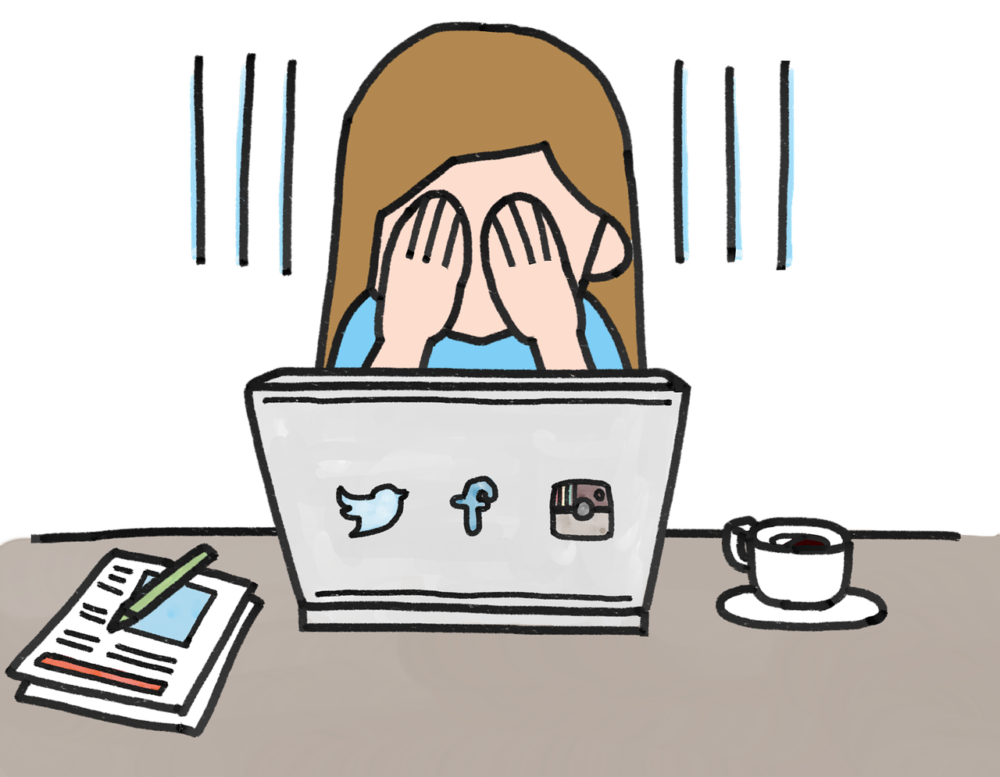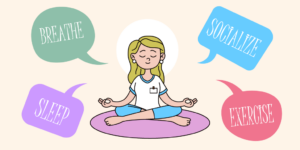By definition, anxiety is “a nervous disorder characterized by a state of excessive uneasiness and apprehension, typically with compulsive behavior or panic attacks” (Oxford Dictionary), yet this definition is largely inaccurate. Anxiety is not something that can be easily defined or explained, as it is different for every single person that struggles with this disorder. It can range from constant states of panic to mild unease from everyday occurrences. As not many people are aware, there is a very large difference between feeling anxious and having anxiety. Feeling anxious is a normal emotion that can come and go occasionally, but anxiety is something that stays with you day in and day out, and can overpower your every emotion.
The pressing issue here is the representation of anxiety within society—there has been a dynamic change in normalizing anxiety, making the disorder seem less severe than it actually is. One of the main contributing factors to this normalization is social media, but the education of mental disorders within schools also plays a big part. The effects of these factors can be seen in the numbers, and the numbers don’t lie. According to the ADAA (Anxiety and Depression Association of America), “Anxiety disorders are the most common mental illness in the U.S., affecting 40 million adults in the United States age 18 and older, or 18.1% of the population.” However, this statistic does not seem to scare society as it should.
Noticeably, there has been a push to break the stigma behind mental illness, but with the overwhelming amount of awareness being shared, these positive efforts have unintentionally created a side effect of diluting the severity of anxiety.
Social media, with Twitter in particular, has taken a dangerous turn into creating a platform that assimilates mental illnesses like anxiety into funny and relatable posts.
The fault of this movement does not fall entirely upon the shoulders of social media, but on the shoulders of news and media platforms as well. As BuzzFeed has slowly risen to popularity over the years among young adults and teens, there has been an alarming amount of content shared in which anxiety and other mental illnesses are placed out of their correct contexts. In an article titled “27 Tweets About Anxiety That Will Make You Laugh Then Cry” , there is a disturbing amount of personal claims that treat their anxiety attacks or general mental state as a funny joke.
In many ways, social media had helped those who suffer find their voice and feel as if they are not alone. But it has also unwittingly created a society that is desensitized to the impact of anxiety and mental illness, in which these disorders are normalized and integrated into conversations about mental health in a negative manner. The efforts to achieve popularity online by exploiting and making light of the symptoms and emotions of mental disorders needs to be stopped, as anxiety will soon become a word without meaning, and without any importance.






Be First to Comment